Transplanting Palm Pups - Propagate Palm Trees With Pups
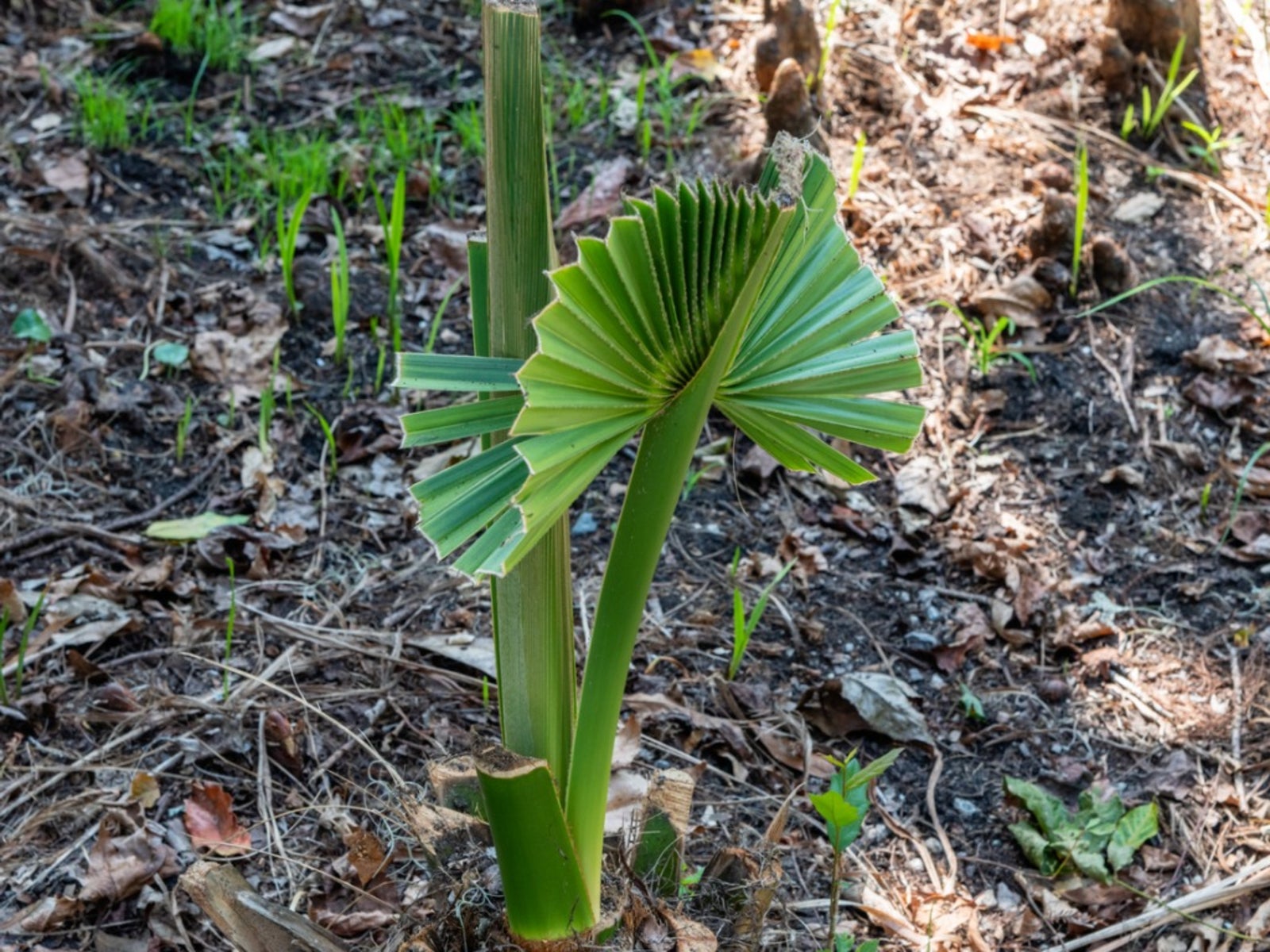

A wide variety of palms, like sago palms, date palms, or ponytail palms, will produce offshoots that are commonly known as pups. These palm pups are an excellent way to propagate the plant, but you need to know how to transplant a palm pup from the mother plant. Below you will find the steps for transplanting palm pups and tips for growing palm pups once you have transplanted them.
How to Transplant a Palm Pup
Before you remove a palm pup from the mother plant, you need to make sure that the palm pup is large enough to be taken from the mother plant. A palm offshoot should stay on the mother plant for at least one year. Allowing it to stay two to five years is ideal though, as this will allow the palm pup to develop its own healthy root system, which will in turn increase your success rate with transplanting the palm pups. Also, the more pups a palm tree has, the slower the pups will grow. If you plan on transplanting palm pups from a palm tree that has several pups, you may be better off selecting one to two of the strongest pups and removing the others. To check to see if a palm pup is ready to be transplanted, remove some of the dirt around the palm pup. Do this carefully, as damaged palm pup roots tend to die back and this will set the pup back. Look for developed roots on the palm pup. If the pup has roots, it can be transplanted. Keep in mind though, more roots equals a better transplant, so if the roots are sparse, you may want to wait longer. Once the palm pups have a sufficient root system, they are ready to be removed from the mother tree. First, remove the dirt from around the palm pup, making sure not to damage the roots. We recommend that you leave a ball of soil intact around the main root ball to help minimize damage to the roots. After the soil is removed, use a sharp knife to cut the palm pup away from the mother plant. Make sure that the palm pup comes away from the mother plant with plenty of roots.
Tips for Growing Palm Pups
Once the palm pup is removed from the mother plant, move it immediately to a container filled with damp, nutrient rich potting soil. When you plant the palm pup, it should sit at the base with the start of the leaves above the soil line. After the palm pup is in the container, cover the container with a plastic bag. Do not allow the plastic to touch the growing palm pup. Using sticks to keep the plastic off the palm pup is helpful. Place the palm pup in a location where it will get bright but indirect light. Check the transplanted palm pup frequently to make sure the soil stays moist. Once you see that the palm pup is putting out growth on its own, you can remove the plastic bag. You can transplant your established palm pup into the ground in either the spring or the fall. Make sure to provide plenty of water to your palm pup for at least the first year after it has been moved into the ground.
Gardening tips, videos, info and more delivered right to your inbox!
Sign up for the Gardening Know How newsletter today and receive a free copy of our e-book "How to Grow Delicious Tomatoes".

Heather Rhoades founded Gardening Know How in 2007. She holds degrees from Cleveland State University and Northern Kentucky University. She is an avid gardener with a passion for community, and is a recipient of the Master Gardeners of Ohio Lifetime Achievement Award.
-
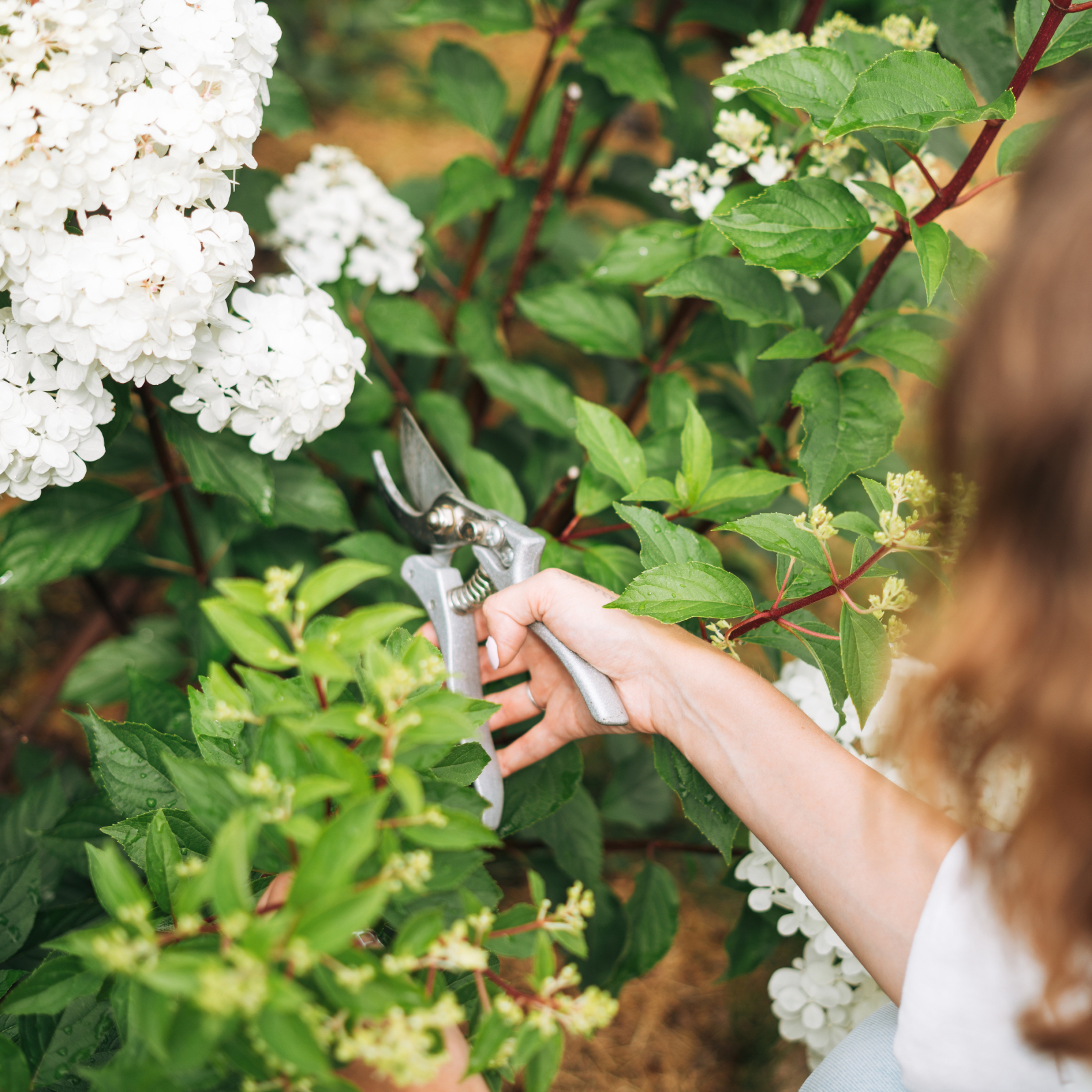 Pruning Limelight Hydrangea Bushes For Bigger Blooms & Stronger Plants
Pruning Limelight Hydrangea Bushes For Bigger Blooms & Stronger PlantsPruning 'Limelight' hydrangea will benefit the shrub. Flowers will be more bountiful the next year and branches will be stronger. Learn how and when to prune.
-
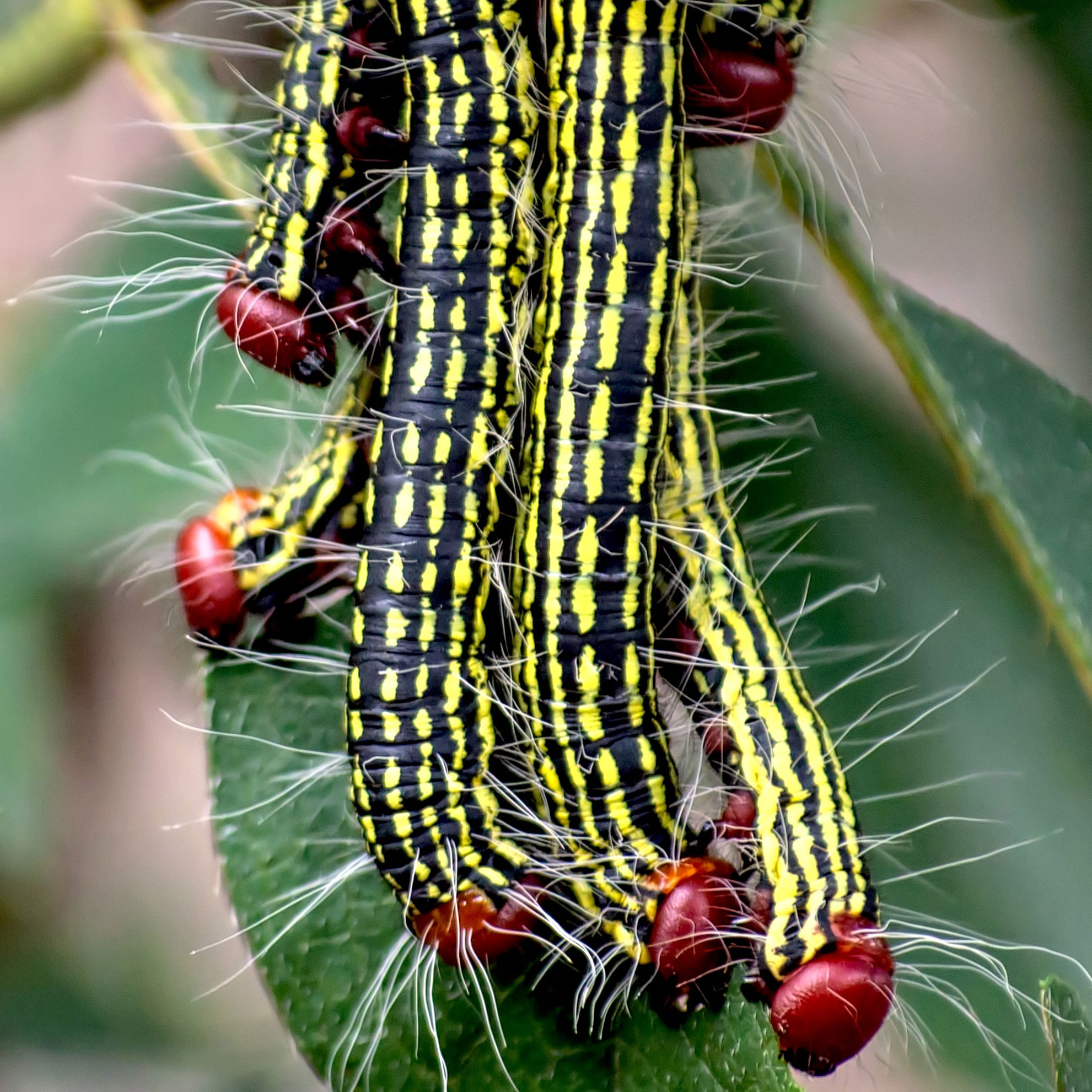 What’s Wrong With Your Azaleas? Identify, Tackle And Prevent 6 Common Azalea Pests
What’s Wrong With Your Azaleas? Identify, Tackle And Prevent 6 Common Azalea PestsIf you’ve spotted signs of azalea leaf damage, don’t panic – here’s how to identify the most common azalea pests so you can take action swiftly and keep plants healthy
-
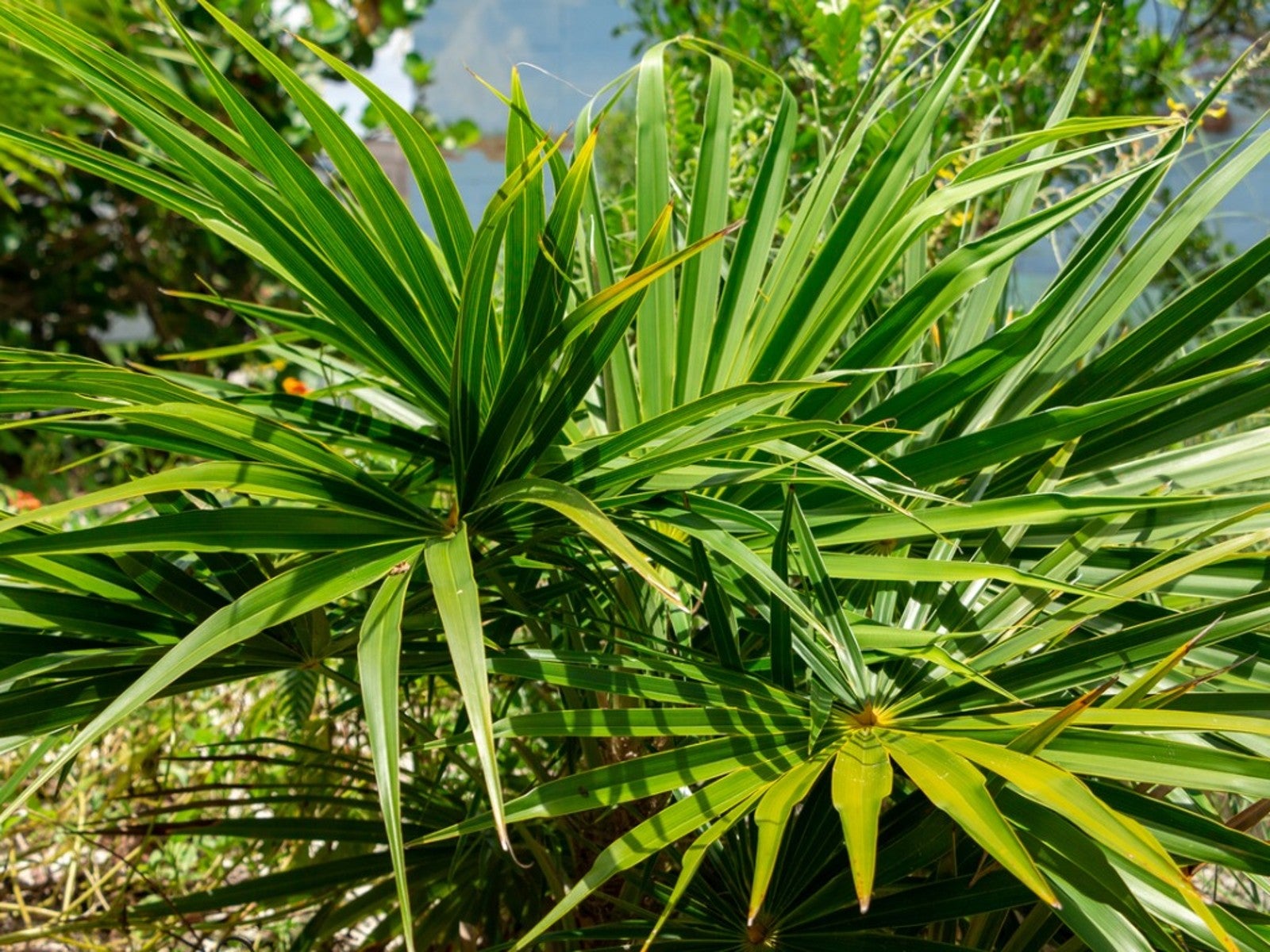 Florida Thatch Palm Facts – How To Grow Florida Thatch Palm Trees
Florida Thatch Palm Facts – How To Grow Florida Thatch Palm TreesGrowing Florida thatch palms is not difficult in the right climate. If these trees interest you, read on for more Florida thatch palm facts.
-
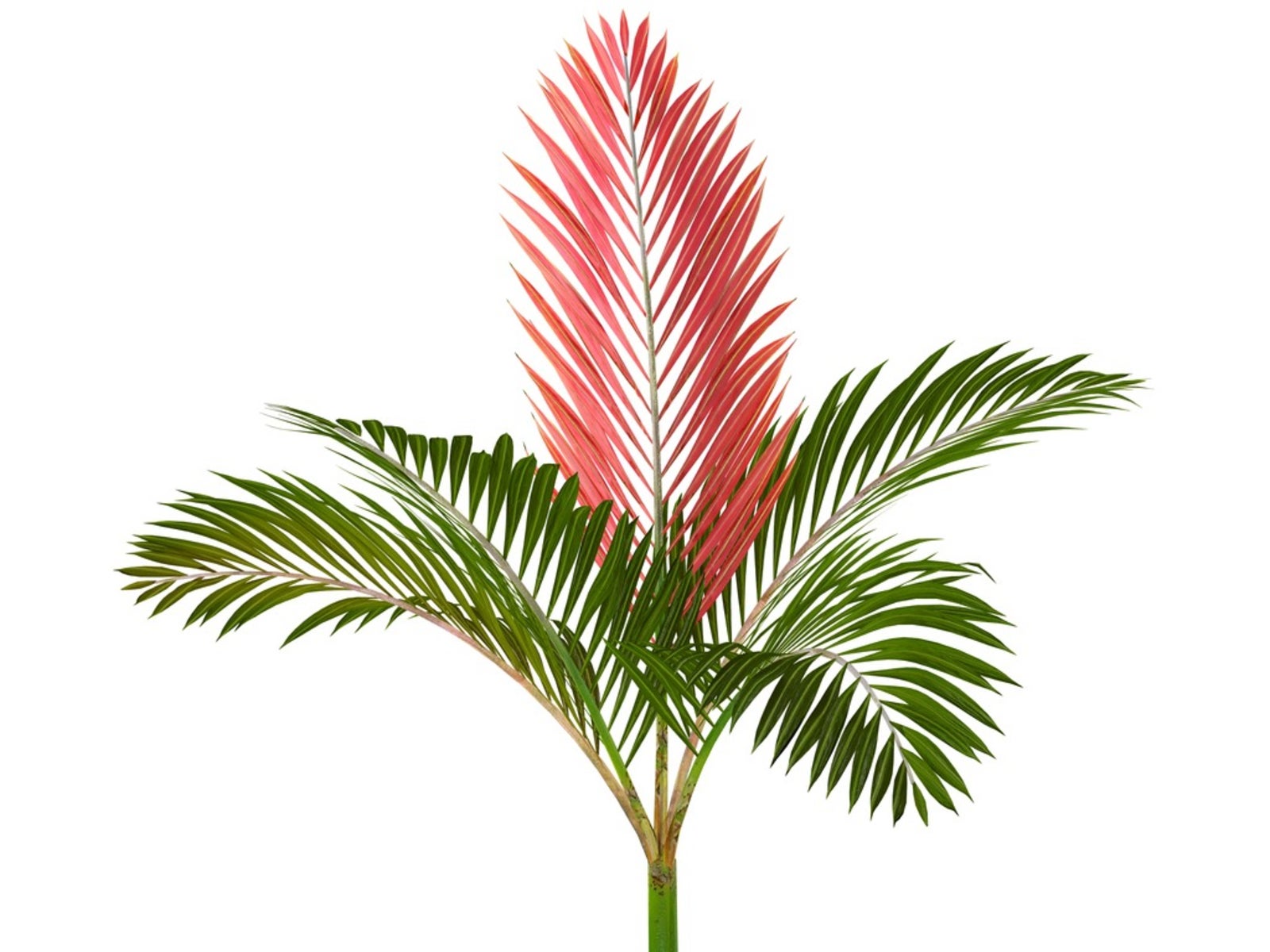 Red Leaf Palm Information – Learn About Growing Flame Thrower Palms
Red Leaf Palm Information – Learn About Growing Flame Thrower PalmsRed leaf palms are exotic and beautiful trees with leaves that grow in scarlet. If you’re thinking of growing these trees, click here for more information on red leaf palm care.
-
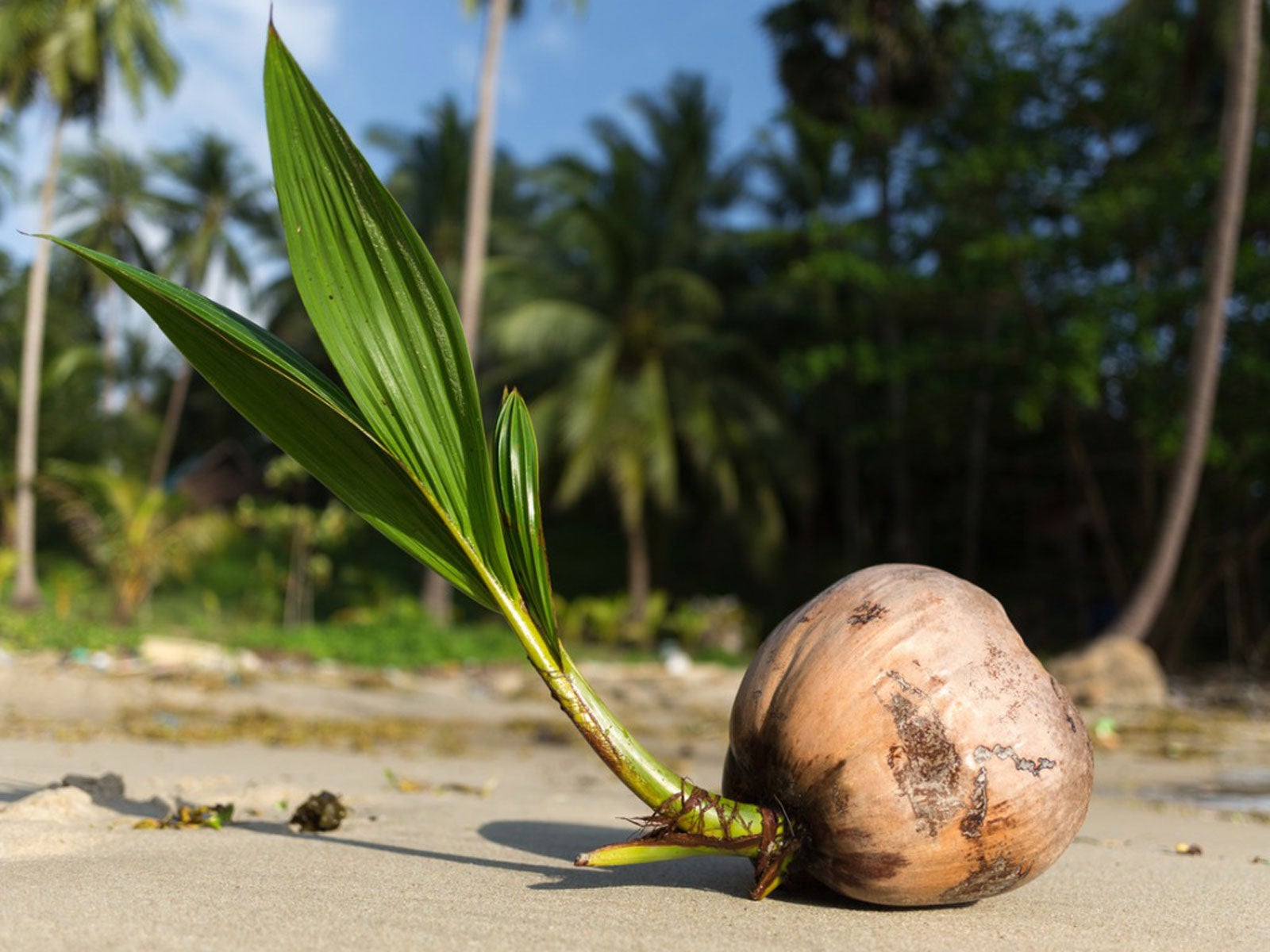 Palm Tree Seed Germination: What Does A Palm Tree Seed Look Like
Palm Tree Seed Germination: What Does A Palm Tree Seed Look LikePalm tree seed germination is not a matter of weeks but months or even years. Click here for more information on growing palms from seed.
-
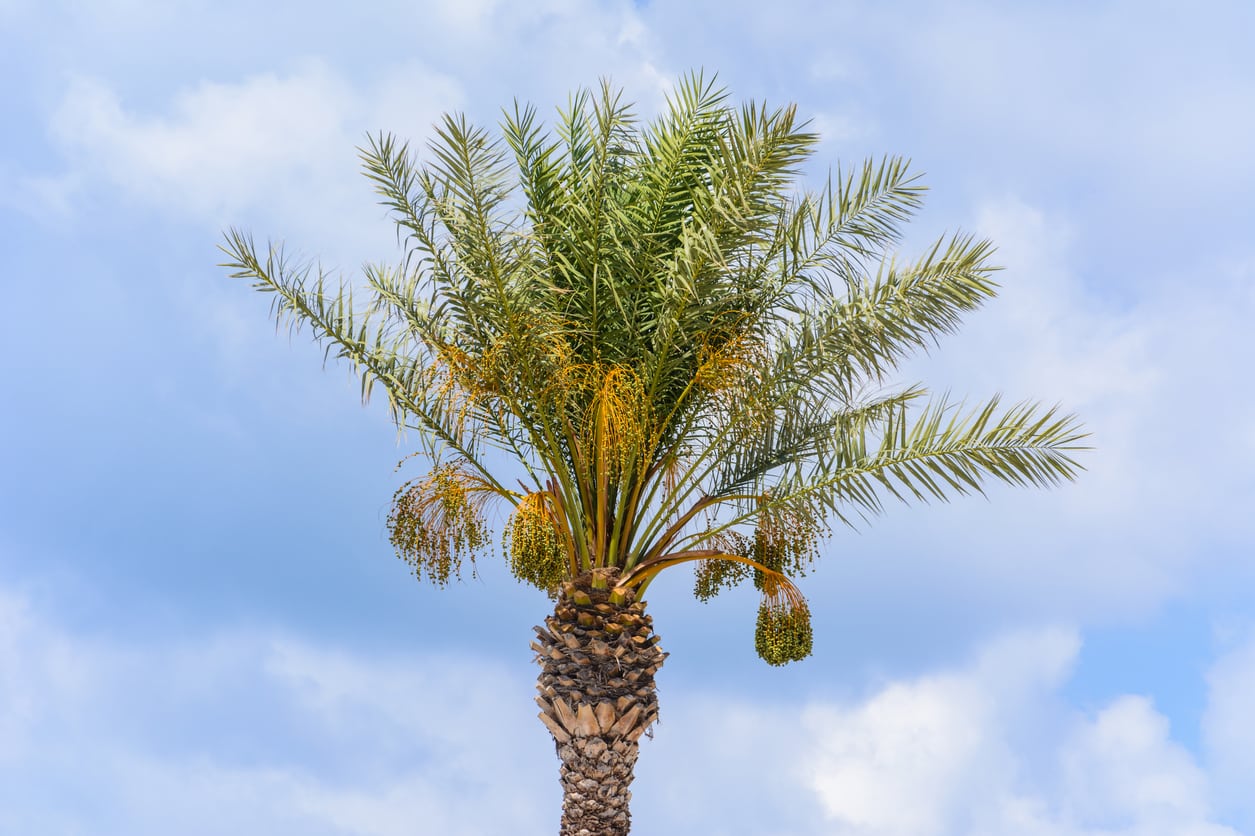 Feeding A Palm Tree: Learn How To Fertilize Palms
Feeding A Palm Tree: Learn How To Fertilize PalmsPalm trees are planted as specimen plants for their exotic, tropical look. However, palm trees have high nutritional demands and the calciferous, sandy soil they’re normally grown in cannot always accommodate these needs. Click here to read more about fertilizing palm trees.
-
Pink Rot On Palms: Tips For Treating Palms With Pink Rot Fungus
Pink rot fungus is a palm tree disease that infects damaged or weakened palms. Like many fungi, it is easier to prevent than it is to treat. Here are some tips on dealing with pink rot on palms. Click this article to learn more.
-
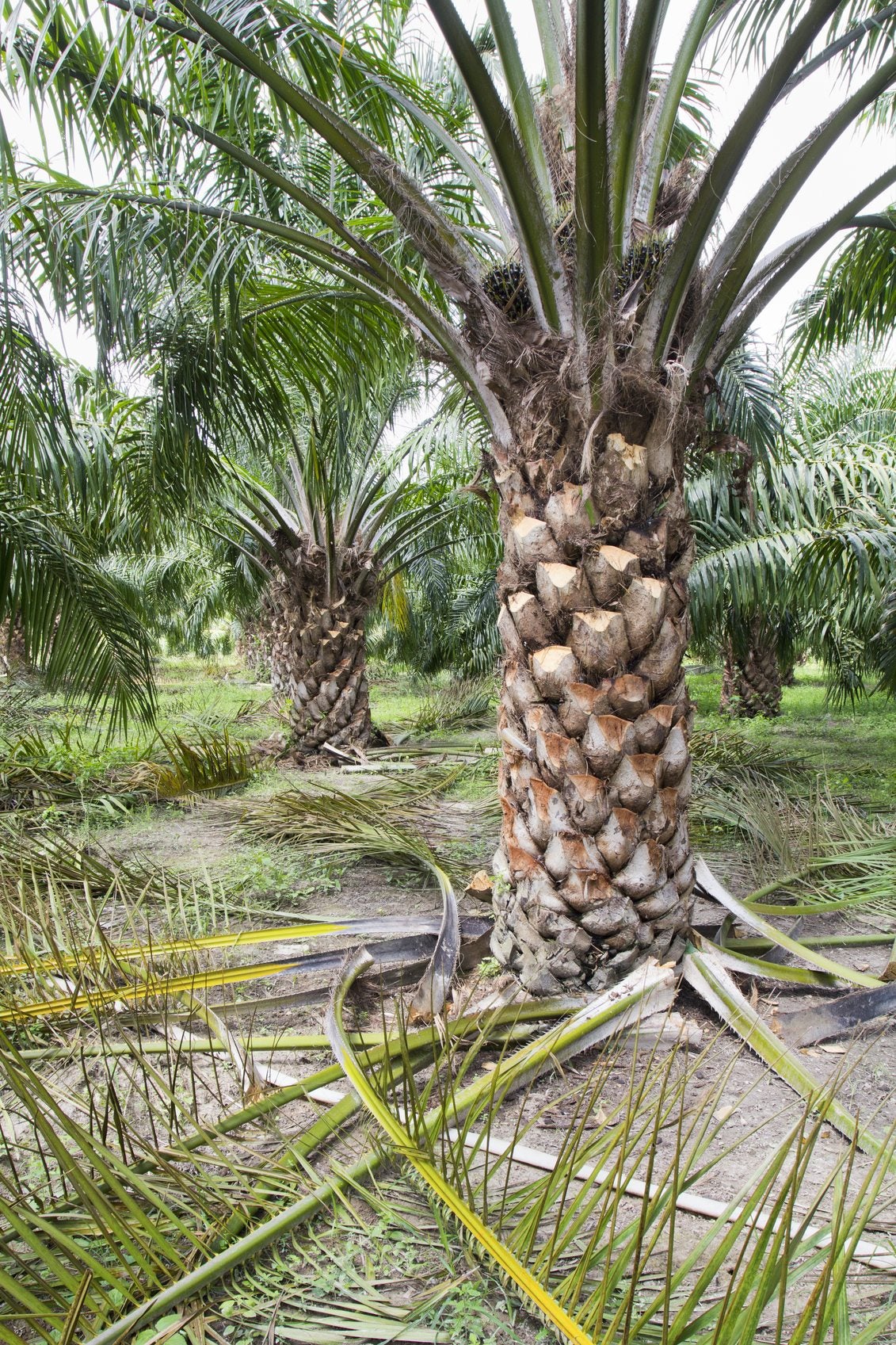 Pruning Palm Plants: Tips On Cutting Back A Palm Tree
Pruning Palm Plants: Tips On Cutting Back A Palm TreeCutting back a palm tree will not make it grow faster. This myth has caused gardeners to do extensive palm tree pruning that doesn't help and can hurt the tree. If you want to know how and when to prune a palm tree, this article will help.
-
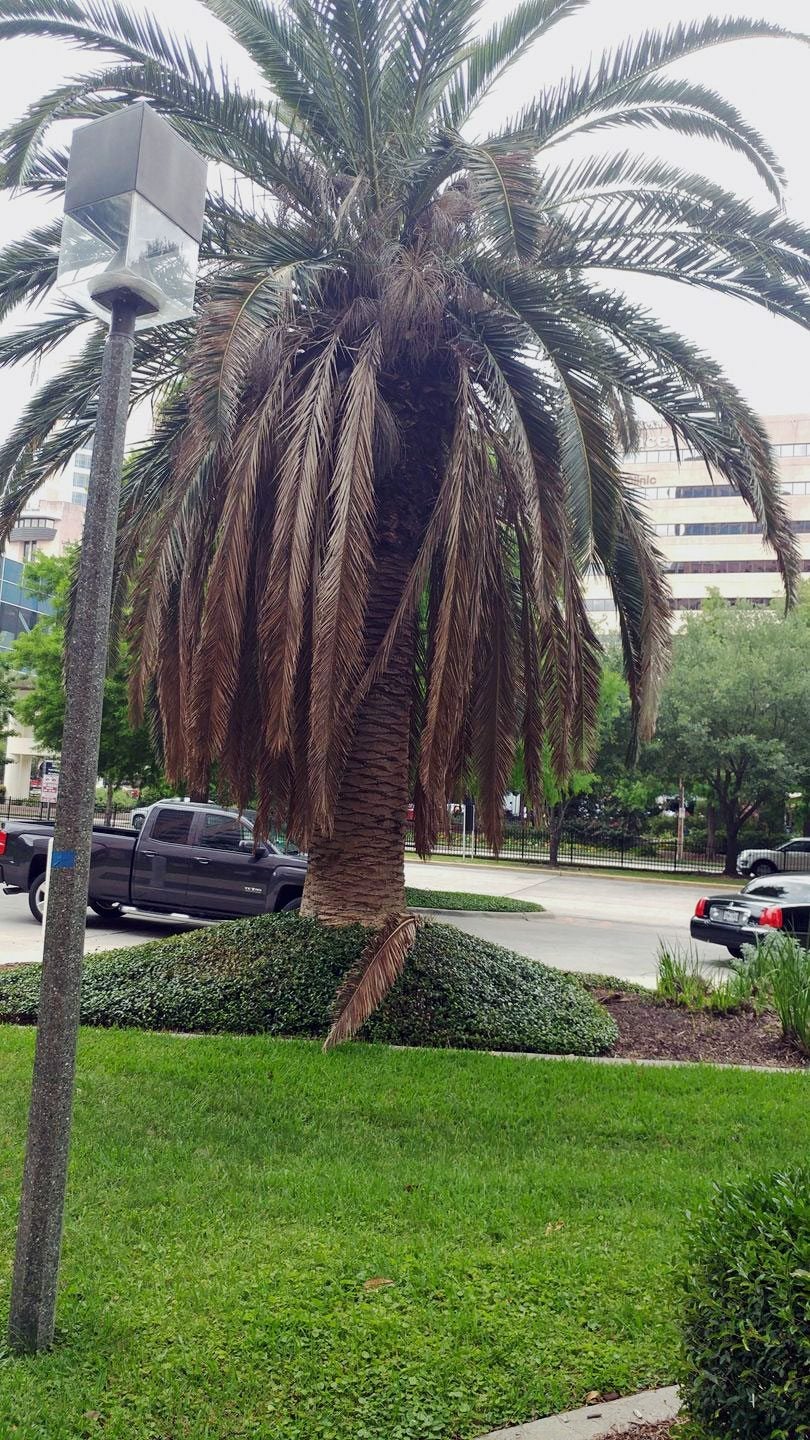 Palm Tree Dropping Fronds: Can You Save A Palm Tree Without Fronds
Palm Tree Dropping Fronds: Can You Save A Palm Tree Without FrondsThere are a number of reasons for palm tree fronds falling off, from natural "cleaning" to damaging cultivation, disease, and pest issues. If there are no fronds on a palm tree, the plant may be in real trouble but it is possible to still save it. Learn more here.
-
 What Is Lethal Yellowing Disease: Learn About Lethal Yellowing Of Palms
What Is Lethal Yellowing Disease: Learn About Lethal Yellowing Of PalmsLethal yellowing is a tropical disease that affects several species of palm. This disfiguring disease can devastate landscapes in South Florida that rely on palms. Find out about lethal yellowing treatment and detection in this article.